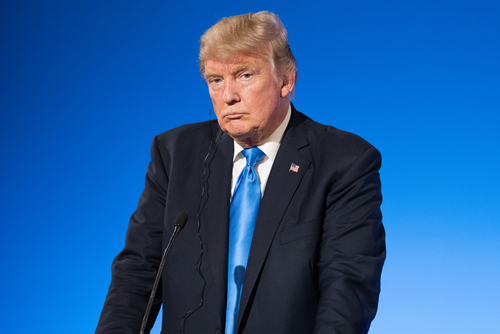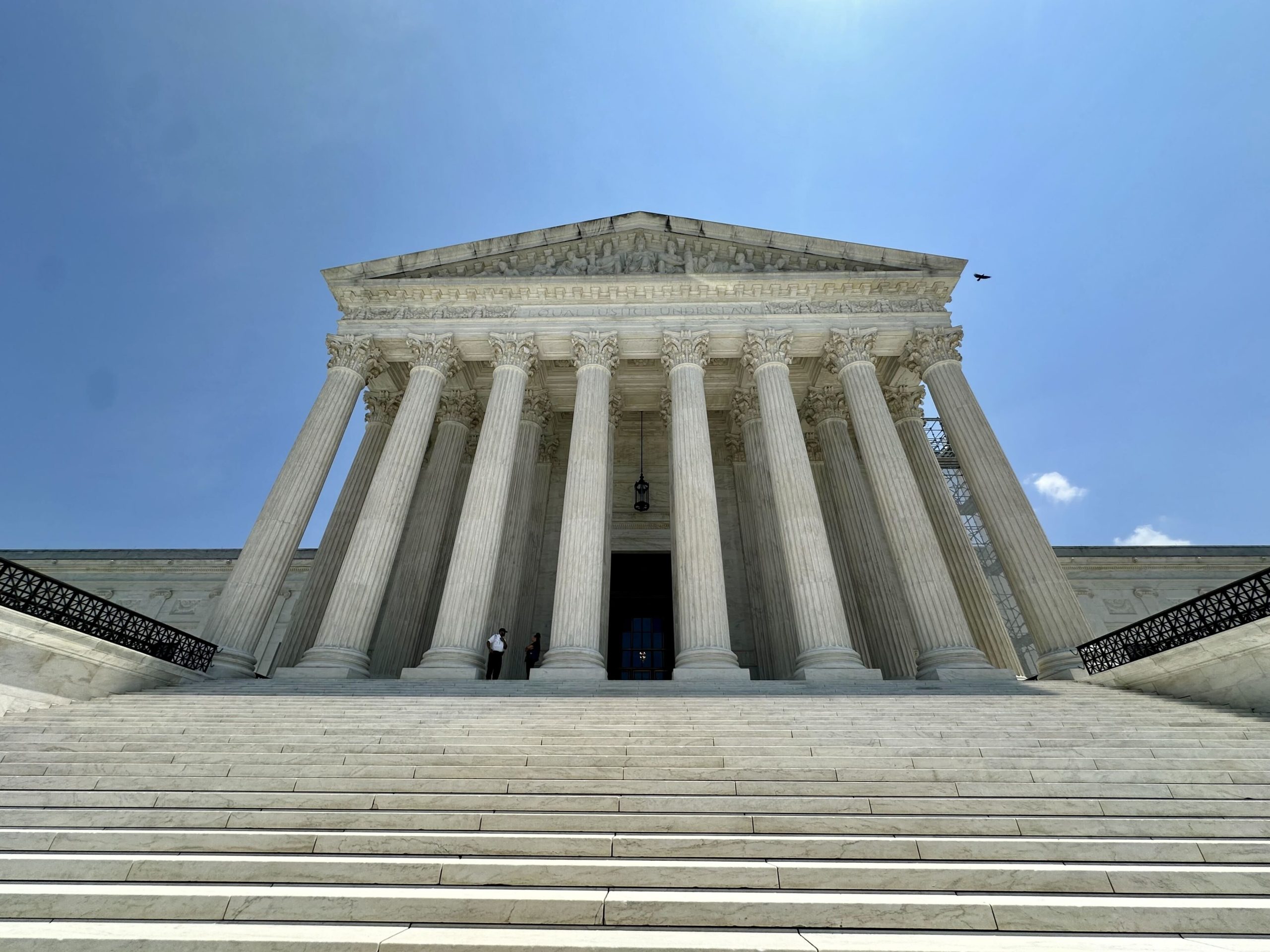Does it walk and quack like a statute of limitations? Justices consider whether equitable tolling is available to veterans.
ARGUMENT ANALYSIS
on Oct 5, 2022
at 8:20 pm
In Tuesday’s oral argument, the Supreme Court grappled with three main issues in Arellano v. McDonough, a case about retroactive disability benefits for veterans who failed to apply for those benefits within the one-year window prescribed by a federal statute. First, the court looked into whether 38 U.S.C. § 5110(b)(1) is a statute of limitations to determine whether the Irwin presumption, which allows for equitable tolling, applies. Second, if it is a statute of limitations, the court pondered whether Congress rebutted the presumption that equitable tolling is available to veterans. Finally, the court focused on the practicality of the Department of Veterans Affairs applying equitable tolling.
For background, in 1981, Adolfo Arellano was discharged from the military with a severe mental health condition. Arellano did not file for benefits until 2011, 30 years after service, because his disability left him unable to understand that he was eligible to file a claim for benefits. The VA awarded him disability benefits, but only going back to the date he filed. Arellano is asking the court to allow him a chance to argue for retroactive benefits back to 1981, through the doctrine of equitable tolling.
To determine if equitable tolling can apply, the court first must determine whether Section 5110(b)(1) is a statute of limitations. When considering this, Justice Ketanji Brown Jackson framed her understanding of statutes of limitation as a “funneling effect.” She described typical statutes of limitation as preventing a party from pursuing a claim or lawsuit and funneling out certain people if they waited too long to file. Here, Jackson styled Section 5110 and its exceptions as more of a pyramid. The general rule, under subsection (a), provides that the date the application is filed is the start date of payments. Subsection (b), however, creates an exception, allowing for more benefits, up to a year more, and thus producing a pyramid effect rather than a funnel. James Barney, arguing on behalf of Arellano, explained that the court should focus on the exception to the rule and whether the exception can be equitably tolled, rather than how it interfaces with the general rule.
Justice Elena Kagan asked the government’s lawyer, Assistant to the Solicitor General Sopan Joshi, whether statutes need to have specific or magic language or whether a statute of limitation can be functional without special words, as discussed in Lozano v. Alvarez. Joshi argued that this statute does not “walk or quack” like a statute of limitations and it doesn’t function as one either. Thus, the presumption should not apply.
Although the government does not concede that this is a statute of limitation, it believes the statutory language rebuts the Irwin presumption. Justice Sonia Sotomayor questioned whether the language in Section 5110(a) rebuts the presumption where it states, “Unless specifically provided otherwise in this chapter, the effective date … shall not be earlier than the date of receipt of application.” Barney argued that the court, in United States v. Kwai Fun Wong, found words of emphasis like these are not definitive on this question of rebuttal. He went on to identify that this exception is the only exception that impacts VA disability compensation. He insisted that the court look narrowly at whether Congress has spoken on this exception to rebut the presumption.
Chief Justice John Roberts questioned the government on the context here, pointing out that this is an agency to support disabled veterans and not an agency with rigid rules, like the IRS. Although the chief sidestepped the issue of the veteran’s canon, he seemed interested in whether statutes for this agency should have a different standard than others. The chief justice also pointed out that the statute’s 16 exceptions may cut against the government. Specifically, Congress has waived its sovereign immunity, has allowed many exceptions to the rule already, and has not explicitly barred equitable tolling in the statute itself. Joshi asked the court to look at the statute as a whole and argued that, if Congress wanted equitable tolling, it would have explicitly provided for that exception.
Finally, the court asks several questions about the practicality of an agency applying equitable tolling. Jackson questioned Barney about whether an agency can handle this type of question, as equitable tolling is usually a matter reserved for the judiciary. Barney explained that the agency already looks at equitable tolling when appeals are late and whether good cause applies. Justice Samuel Alito inquired whether the analysis would be any different for veterans like the Edgewood veterans who were prevented from disclosing classified information. Joshi provided a couple of ways a veteran could apply, conceding that these will likely not fully resolve the issue. He asserted that Congress could pass legislation to allow veterans like the Edgewood veterans to obtain additional benefits.
Beyond the context of veterans’ benefits, the court’s eventual decision may flesh out a definition of a statute of limitations and clarify how explicit Congress must be to rebut the Irwin presumption.
Disclaimer: The author of this article is a member of the National Law School Veterans Clinic Consortium, which filed an amicus brief supporting Arellano. The author did not participate in the amicus brief and is not personally involved in the case.






